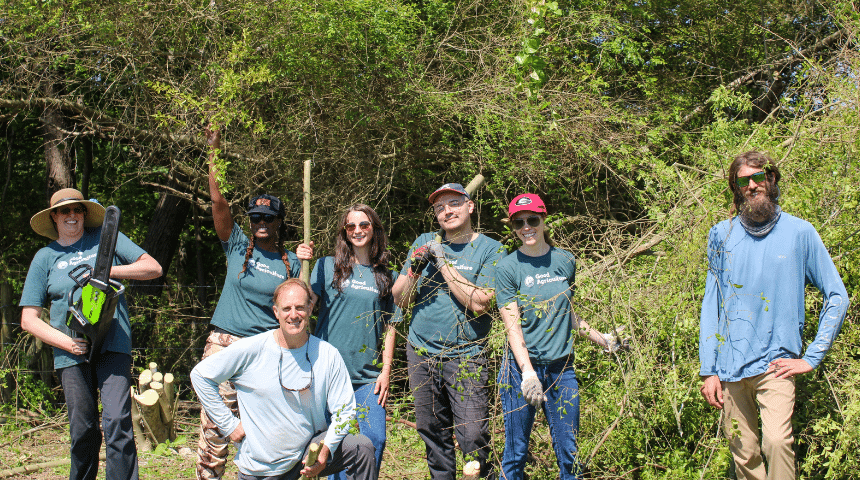Key Takeaways:
- Good Agriculture raises $1.5 million in a seed round led by Nicely Road.
- The AI-powered platform helps farmers manage back-office tasks.
- Co-founders emphasize reducing the administrative burden on farmers.
- Investment will support expansion of tools like Digital Farm Hand and Farm Funding Match.
- Company aims to encourage adoption of regenerative agriculture practices.
Good Agriculture Announces Funding Round
Good Agriculture, an agtech start-up focused on supporting farmers through AI-powered back-office services, has raised $1.5 million in a seed round led by Nicely Road. The investment will allow the company to expand its offerings and reach more farmers across the United States.
“Great farmers shouldn’t also have to be great accountants, marketers, data engineers, logisticians, etc. to be successful,” said Alex Edquist, Chief Executive Officer and Co-Founder of Good Agriculture. “We’re here to help farmers flourish by taking on the ‘everything else’ that goes into running a farm business. This investment lets us scale that impact and help thousands more farmers.”
Focus on Tools and Services
Good Agriculture’s platform currently provides services that save farmers time and improve profitability, enabling them to dedicate more resources to farming. Tools such as Digital Farm Hand and Farm Funding Match are designed to address common business challenges while helping farmers keep operations sustainable.
Kirsten Simmons, Chief Farming Officer and Co-Founder of Good Agriculture, noted that the investment will allow the company to expand its resources. “This investment allows us to keep innovating with tools like Digital Farm Hand and expand resources like our Farm Funding Match, so farmers can focus on farming while we help keep their operations sustainable,” she said.
Linking Technology and Regenerative Agriculture
Customers using Good Agriculture’s services have reinvested savings into their farms, including in regenerative agricultural practices. These practices improve soil health, strengthen ecosystems, and can increase long-term profitability, though they often require more time and management.
Nicely Road’s Chief Executive Officer Justin McElhattan emphasized alignment between the two companies. “Nicely Road exists to unleash the power of local farms and regenerative farming practices, and Good Agriculture is doing exactly that,” he said.


